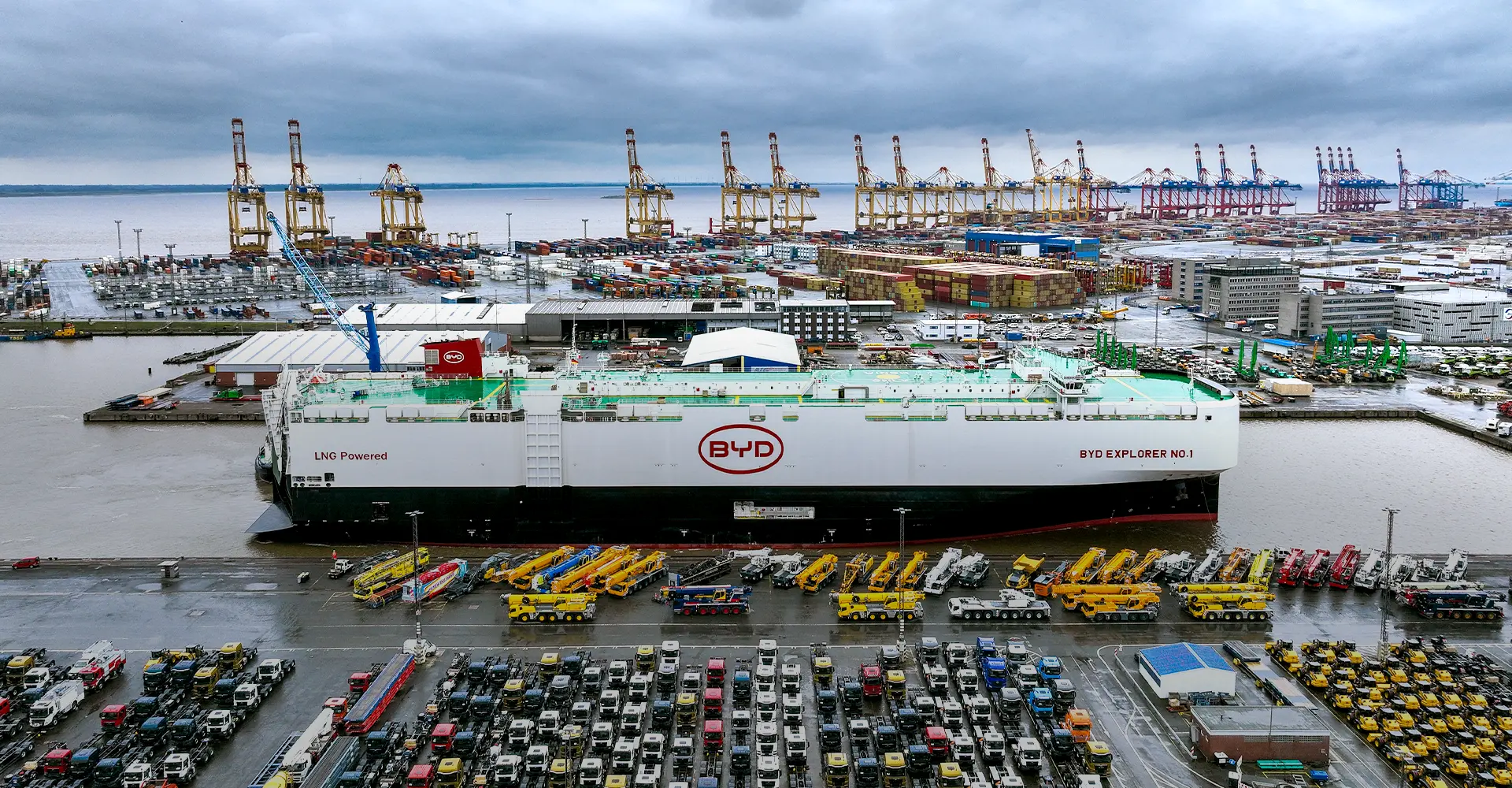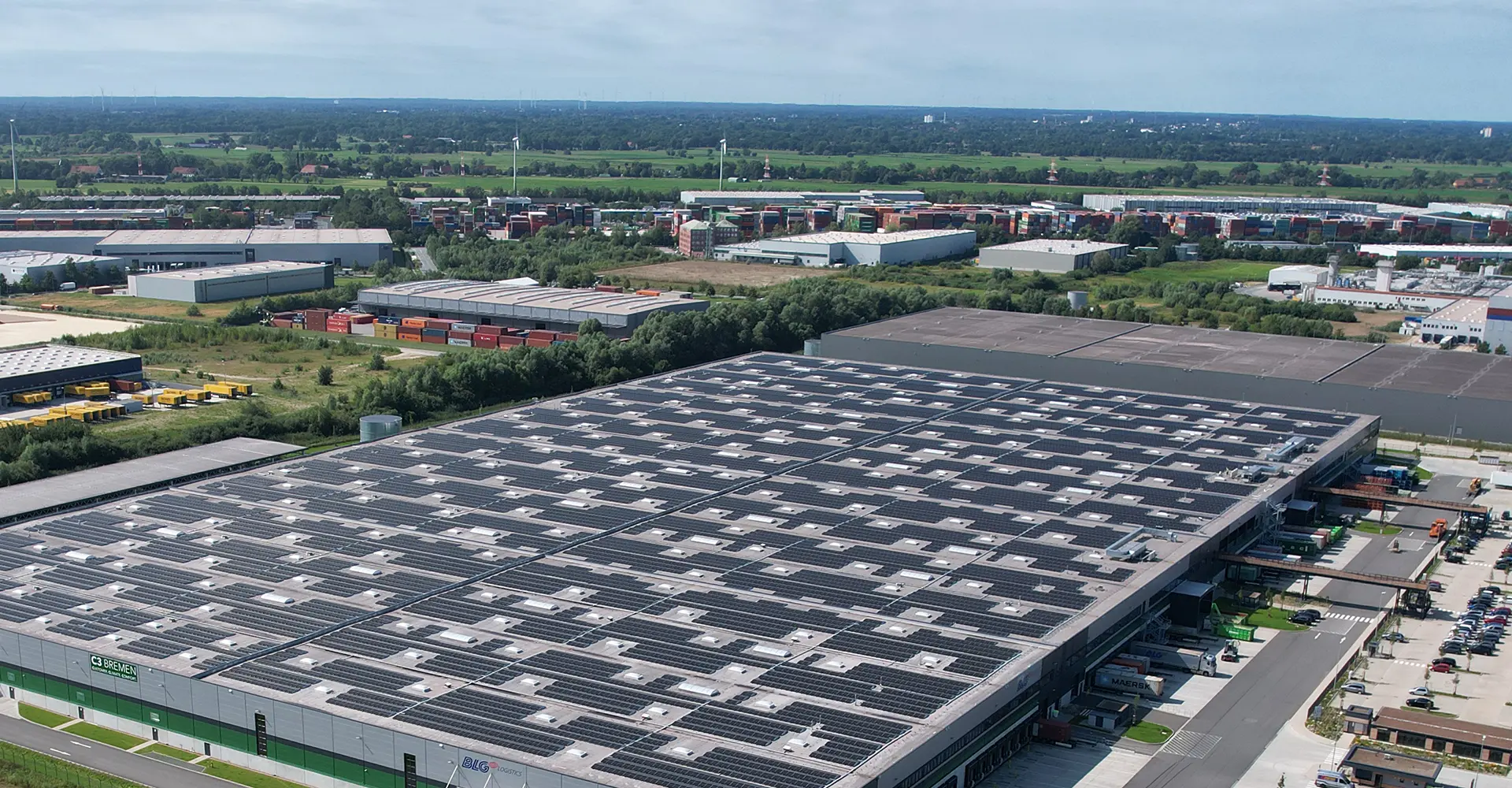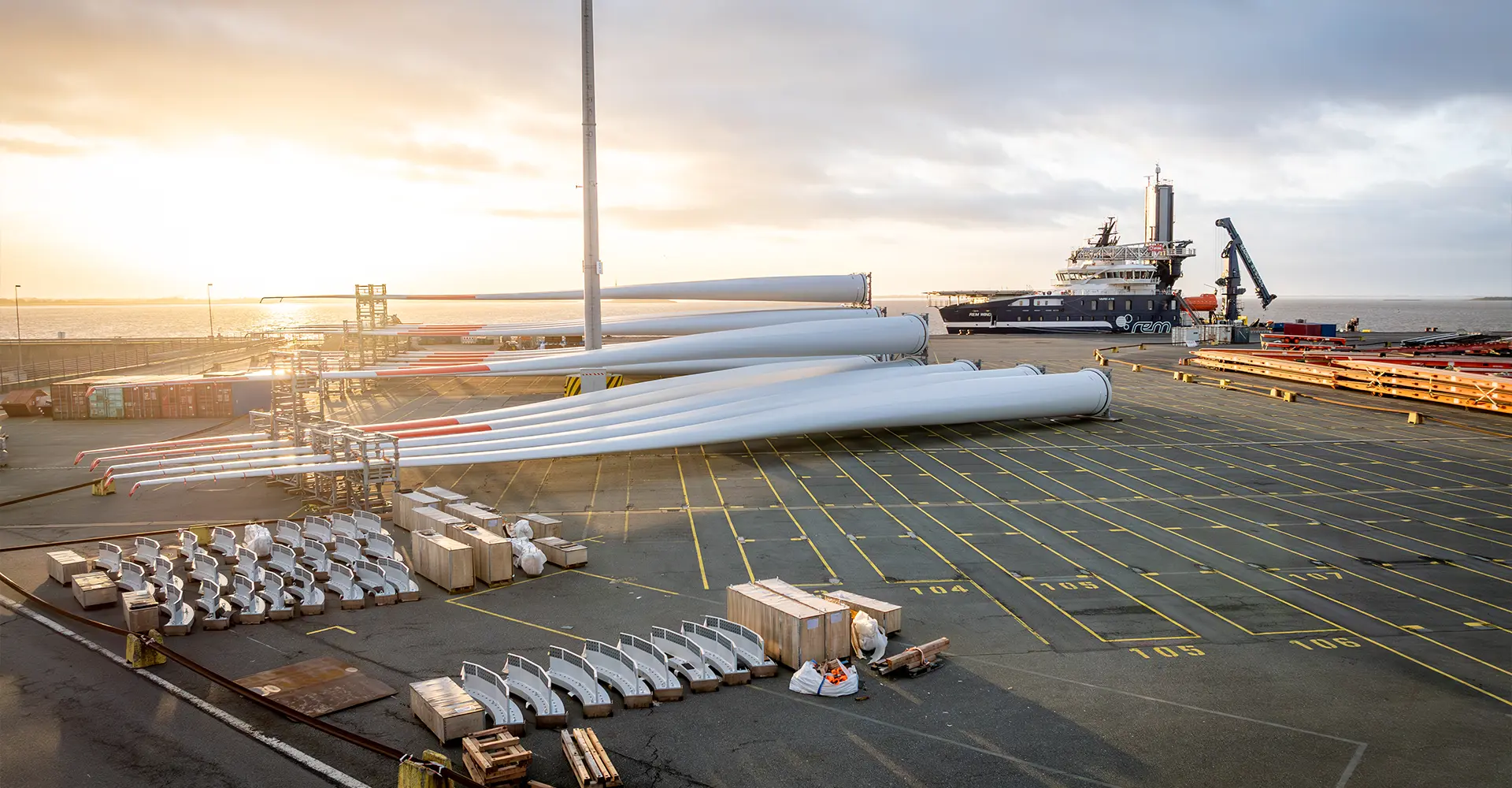Shifting markets require flexibility. With growth in Eastern Europe, new import capacities and an expanded fleet service, BLG LOGISTICS is taking advantage of new trends and opportunities on the global automotive market.

We know the mobility market like the back of our hand. We go where the market is, increasing our value creation in areas where there is set to be greater demand.
The automotive industry is in flux, with e-mobility, digitization and global competition triggering fundamental changes. BLG LOGISTICS is tackling this changeability head-on, strengthening our presence in Eastern Europe, where production and classic automotive logistics are growing, while at the same time expanding our range of technology services at our German outfits in order to keep up with industry trends. We are just as comfortable acting as a highly effective European partner for new market players looking to import electric vehicles, as we are providing continuous service in the growing leasing and fleet segment.
1.3million
vehicles
were transshipped at the BLG AutoTerminal Bremerhaven in 2024, making it one of the largest auto terminals in the world.
295hectares
are used to accommodate some 70,000 vehicles at the BLG AutoTerminal Bremerhaven before they continue on their journey via road, rail or water.
BLG LOGISTICS is even investing in additional capacities, most recently at its new inland terminal in Ahlhorn in Lower Saxony. As always, our full package of seaport terminal, know-how, capacity and seamless transition to the national network can’t be beat. Mobility is still in demand. And BLG LOGISTICS can always be relied upon to keep it moving forward.
BLG Ahlhorn site
The new BLG site at the Metropolpark Ahlhorn (Lower Saxony, Germany) is situated on the European north-south axis for excellent connectivity. Covering 35.5 hectares, the planned inland terminal will be able to accommodate around 15,000 vehicles once completed. One of the major advantages of this location is its bimodal connection, with its own rail connection and proximity to the seaports in northern Germany.







